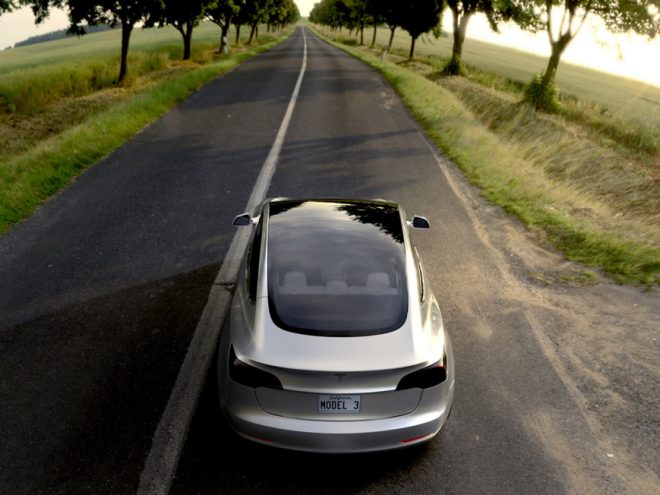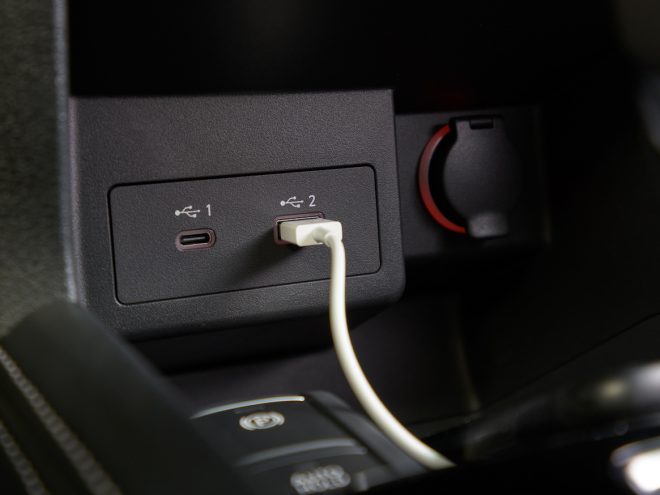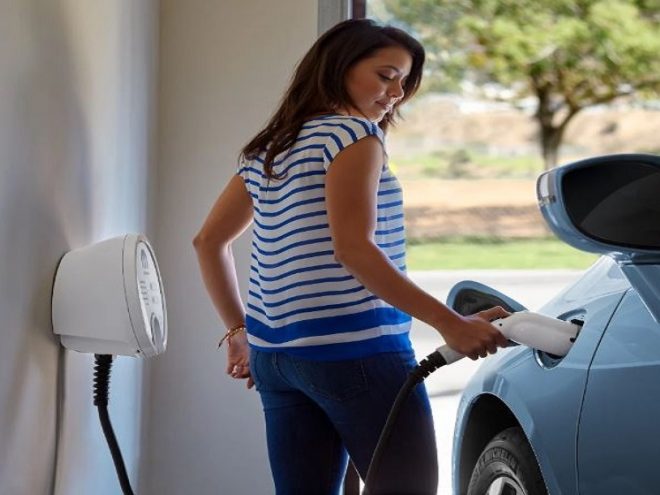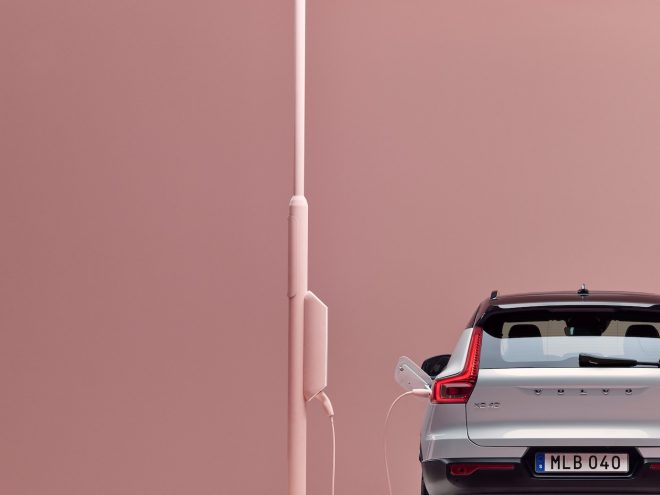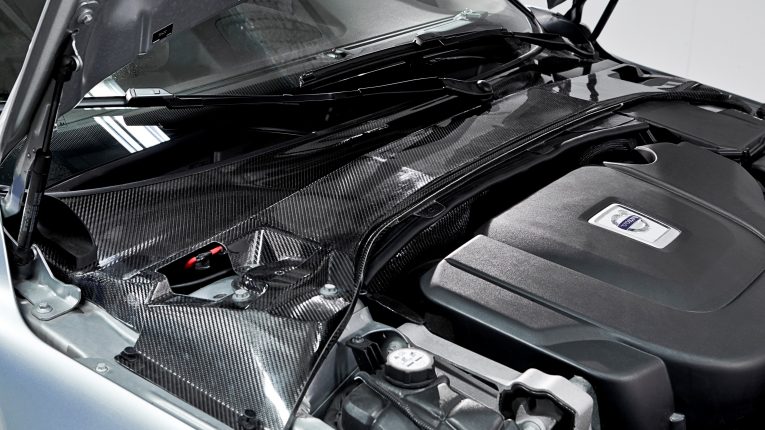
VOLVO REINVENTING THE BATTERY
Volvo has developed a revolutionary concept for lightweight structural energy storage components that could improve the energy usage of future electrified vehicles. The material, consisting of carbon fibres, nano structured batteries and super capacitors, offers lighter energy storage that requires less space in the car, cost effective structure options and is eco-friendly.
The project, funded as part of a European Union research project, included Imperial College London as the academic lead partner along with eight other major participants. Volvo was the only car manufacturer in the project. The project team identified a feasible solution to the heavy weight, large size and high costs associated with the batteries seen in hybrids and electric cars today, whilst maintaining the efficient capacity of power and performance. The research project took place over 3.5 years and is now realised in the form of car panels within a Volvo S80 experimental car.
The breakthrough
The answer was found in the combination of carbon fibres and a polymer resin, creating a very advanced nanomaterial, and structural super capacitors. The reinforced carbon fibres sandwich the new battery and are moulded and formed to fit around the car’s frame, such as the door panels, the boot lid and wheel bowl, substantially saving on space. The carbon fibre laminate is first layered, shaped and then cured in an oven to set and harden. The super capacitors are integrated within the component skin. This material can then be used around the vehicle, replacing existing components, to store and charge energy.
The material is recharged and energised by the use of brake energy regeneration in the car or by plugging into a mains electrical grid. It then transfers the energy to the electric motor which is discharged as it is used around the car.
The breakthrough showed that this material not only charges and stores faster than conventional batteries can, but that it is also strong and pliant.
The results so far
Today, Volvo Car Group has evaluated the technology by creating two components for testing and development. These are a boot lid and a plenum cover, tested within the Volvo S80.
The boot lid is a functioning electrically powered storage component and has the potential to replace the standard batteries seen in today’s cars. It is lighter than a standard boot lid, saving on both volume and weight.
The new plenum demonstrates that it can also replace both the rally bar, a strong structural piece that stabilises the car in the front, and the start-stop battery. This saves more than 50% in weight and is powerful enough to supply energy to the car’s 12 Volt system
It is believed that the complete substitution of an electric car’s existing components with the new material could cut the overall weight by more than 15%. This is not only cost effective but would also have improvements to the impact on the environment.
